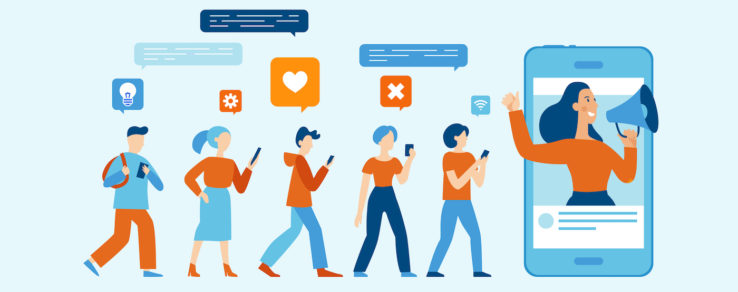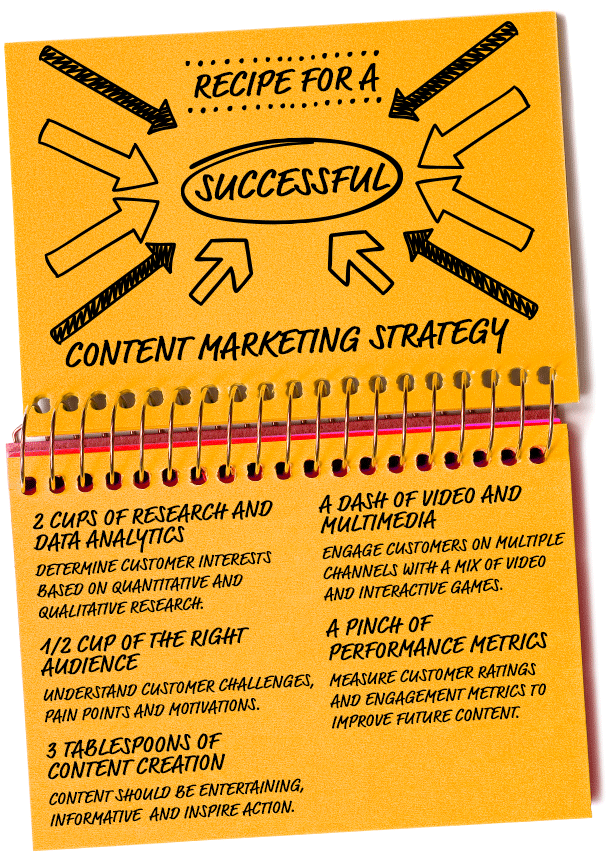As the coronavirus outbreak continues, so do conversations surrounding how best to approach communications with customers. On April 3, Questline Digital President Dave Reim hosted the second coronavirus town hall forum and led a discussion on communication best practices for energy utility business customers.
A recent J.D. Power Utility Pulse survey that showed 49% of customers recall seeing a coronavirus message from their utility in the past seven days and only 36% of customers rate their electric utilities’ response to coronavirus as great, excellent or perfect. This data presents an immense opportunity to close the gap and increase engagement with the other 64% of customers.
Our panel of industry experts, which included representatives from American Electric Power, Baltimore Gas & Electric, Eversource and ElectriCities of North Carolina, provided an inside look into their utilities’ strategies. They stated that delivering messages to business customers was just as much a focus as communicating to residential customers. In fact, demonstrated in the results of our forum survey, utilities are already communicating with customers on a wide range of topics, with frequent mentions including:
- 69% Grace period for late payment of bills
- 66% Security of power deliver
- 62% Energy saving tips or advice
- 52% Available channels of communication
Among the other topics included — energy efficiency program promotion, tips or advice for business health during the outbreak, community support activities and donations, information about non-utility assistance and changes to infrastructure maintenance — not a single topic was left without a response. Energy utilities are working to meet business customers where they are and provide valuable information to this audience.
To push the boundaries further on what utilities should communicate, a second survey focused on non-traditional content and messaging that utilities would consider providing to their business customers. Responses included:
- 72% Finding and applying for small business stimulus funds
- 59% How best to serve and help those in your community
- 56% How to protect employees who can’t work from home
- 47% Calming employee fears
With most of the utilities interested in communicating more information regarding small business stimulus funds, Questline Digital Senior Engineer Mike Carter covered key highlights from the Coronavirus Aid, Relief and Economic Security (CARES) Act.
Paycheck Protection Program (PPP)
- Up to 100% forgivable loan
- Loan amount up to 2.5 times average monthly operation expenses up to a maximum of $10 million
Economic Injury Disaster Loan (EIDL) Program
- Separate program from PPP
- A $10,000 advance is forgivable
Unemployment Insurance Coverage
- An additional $600 per week
- 13 additional weeks of unemployment coverage
Even as crisis communications messages flood customer inboxes, Questline Digital’s performance metrics show that customers want to hear from their energy utility. The open rate for coronavirus-related messages consistently outperforms Questline Digital benchmarks, which demonstrates that these messages are resonating with customers.






